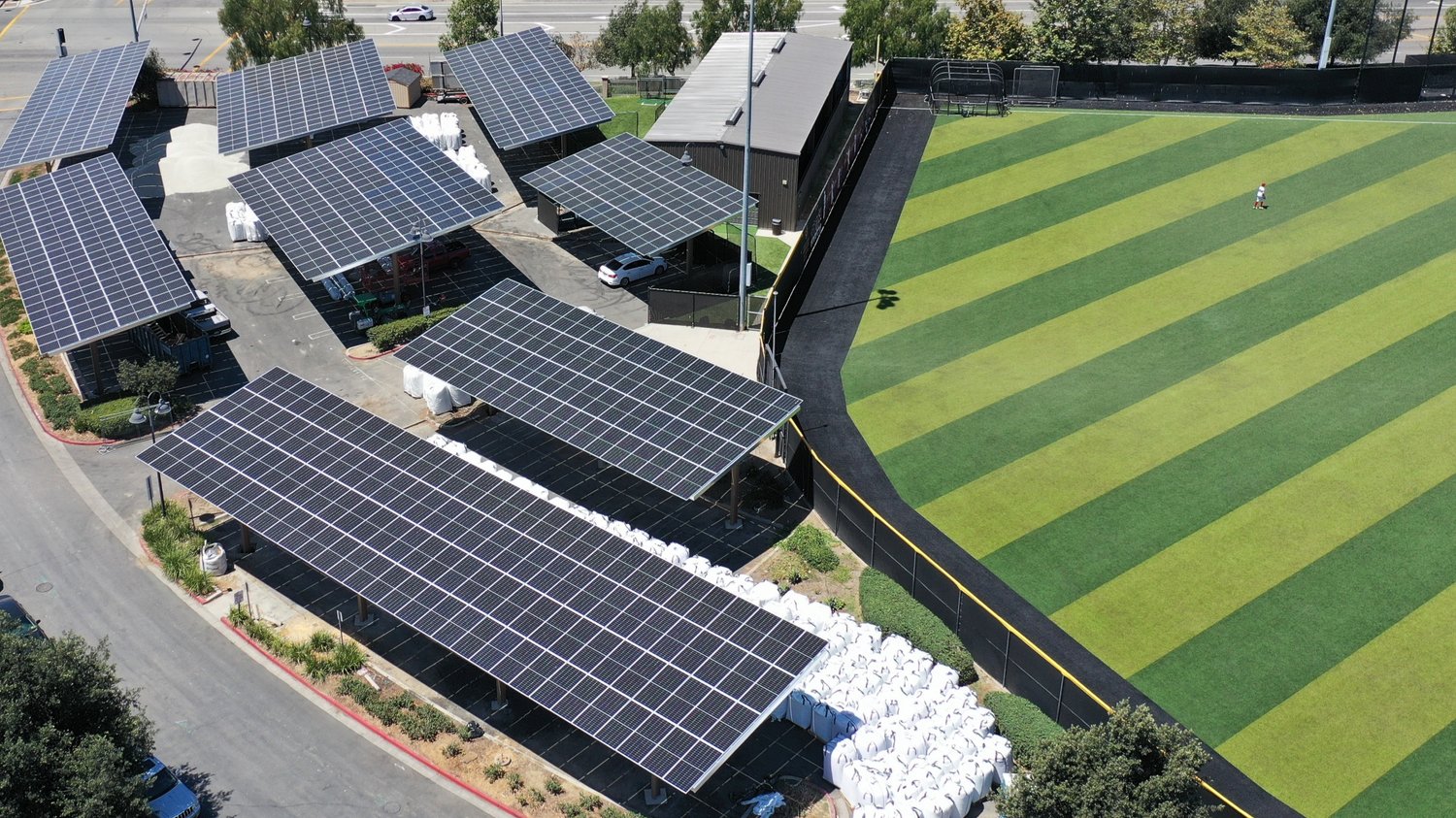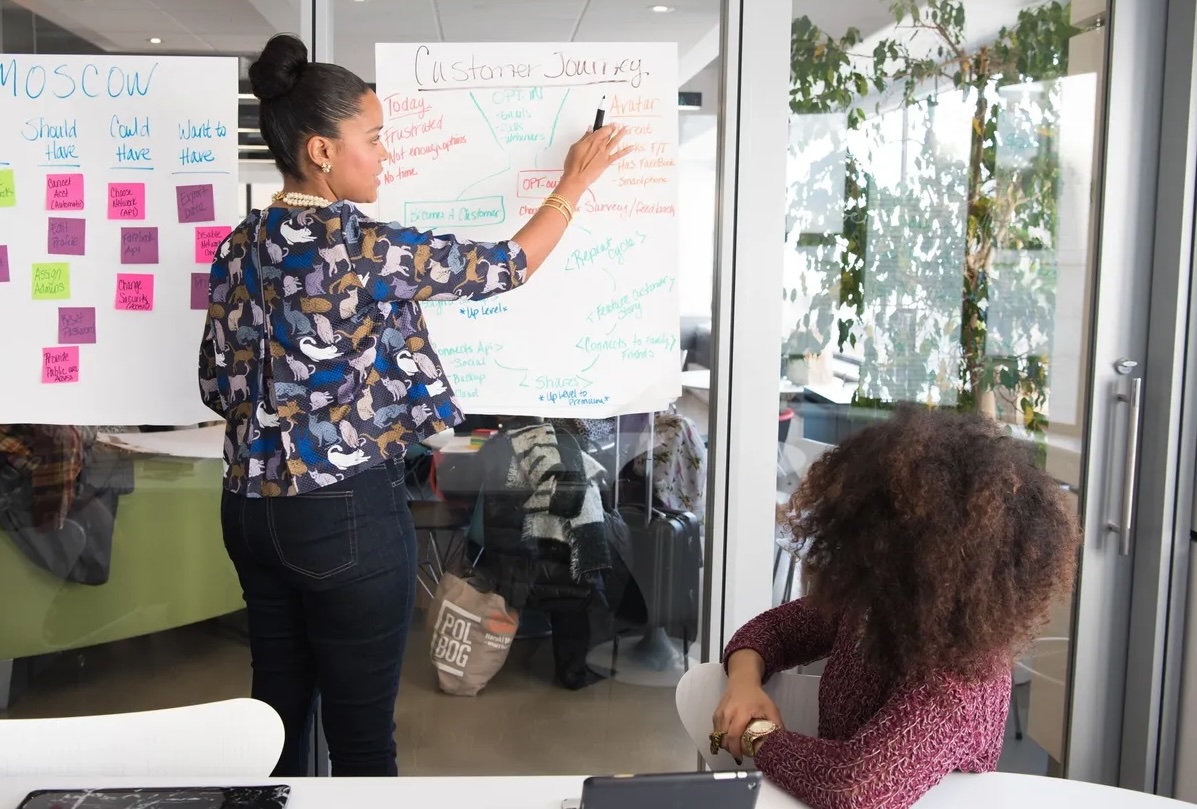ImpactAlpha, Dec. 12 – Electric buses are catching on around the globe to reduce emissions and unhealthy smog.
In China, the leading market for and maker of the vehicles, more than three-quarters of urban buses were “new energy vehicles,” including electric and fuel cell, at the end of 2022. Other emerging markets are getting on board.
In Nairobi, e-bus maker BasiGo snagged $5 million from British International Investment to scale up production in East Africa, where clean power is abundant. That follows a $1.5 million investment from USAID in July to support BasiGo’s expansion into Rwanda, and a $6.6 million equity raise a year ago from investors including Mobility54, Novastar Ventures and My Climate Journey.
Catalytic converters
In India, as in many emerging markets, up-front costs can be a barrier to electrifying fleets. At COP28 in Dubai, the US and a group of philanthropic funders committed $150 million to an e-bus fund; the Indian government is kicking in $240 million. Most of the country’s 1.5 million buses today run on diesel fuel.
The India-US Payment Security Mechanism, as it is called, will guarantee loans to Indian e-bus makers looking to expand production. The announcement furthers India’s goal to deploy 50,000 electric buses on its streets by 2027.
With the investment, said US climate envoy John Kerry, “we are taking a major footstep towards helping India electrify its bus fleet.”











